Alright, folks, let’s talk about puppy potty training, something that’s absolutely crucial when you’re bringing up your furry bundle of joy -housebreaking, or as we like to call it, the art of teaching your pup where the bathroom is.
House training a puppy in an apartment building in urban India can be a bit challenging, but with the right approach and consistency, it’s entirely doable.
While the process should happen in a couple of weeks, puppies might naturally take a little longer to be completely house trained without the odd accident inside. Indeed you can measure progress over time with the reducing frequency of accidents.
But don’t stress if it takes longer – their bowels, bladders and the muscles that control them are still growing after all. It is even possible to train adult/rescue dogs that have had no previous house training, though they may also take longer to change their habits. And even fully trained dogs have accidents sometimes, especially when settling into a new home.
Patience is the key in training
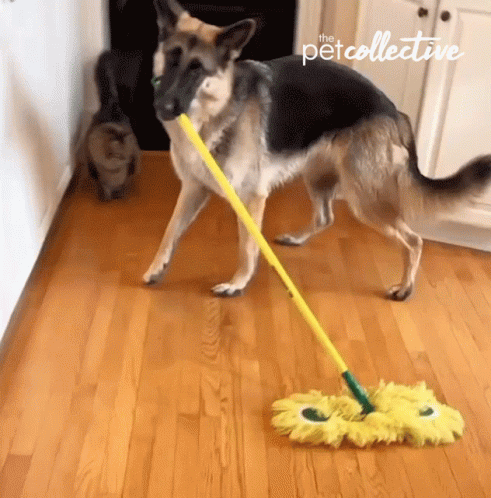
The Philosophy: To stop your dog from going to the toilet inside, you need to show them where they should go and reward them when they do their business somewhere appropriate.
Toilet training actually starts when puppies are still with their mothers. Dogs are naturally clean animals and prefer not to soil their living space. They also have a strong sense of smell and will often return to the same spot to relieve themselves.You can observe this when the mother pushes pups away from the surface they eat and/or sleep on. This surface discrimination is the first stage we build on when training.
The Prep Work: House training begins before your puppy enters your home. Choose the area you want them to use as an initial elimination area. Consider a place you can easily observe and supervise so you can track your pup’s habits. Keep the training aids like Pee Pads and cleaning material close by. We recommend a balcony or a place close to the door/exit.
As soon as your pup arrives home for the first time, take them to this spot because the journey can make them need to go. Puppies will need to relieve themselves almost every hour at first and as they grow and develop, this frequency will reduce.
They will require almost constant observation the first 2 weeks at home for you to understand the schedule, frequency and ”tell” behaviours. These are usually:
- Just post or sometimes even just before eating.
- Right after playtime or exercise.
- When they wake up from sleep or a nap.
The TRAINING
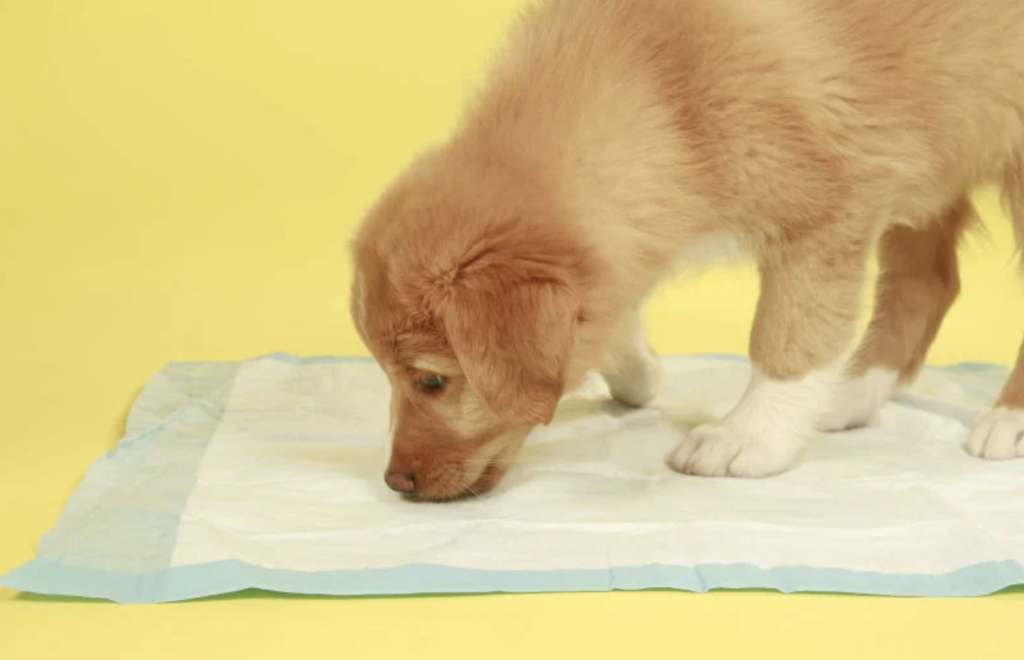
Start by regularly moving the puppy to the pee spot on a pad or even a newspaper (the classic method.)
All this will happen multiple times a day of course and the ”tell” behaviours or signs they are about to go that you have to observe such as sniffing around more than normal, general fidgeting, circling the spot and starting to squat. Usually squat with the back arched upward is for poop and downward is to pee.
- If you see these signs inside, gently interrupt your dog, leash and take them to the designated spot and wait.
- Avoid distractions and eye contact till the pup ”goes”.
- If done, reward them. If not, quietly unleash and go back to what you were doing or get back indoors if you went out and unleash.
- Make sure to give them enough time, though. 3 Minutes should do.
- And if the puppy did not ”go”, keep a close eye for the tell behaviours because it is likely to need to go again soon.
- Crate training can be a valuable tool in housebreaking. Most dogs won’t soil their sleeping area, so a crate can help teach bladder control.
Always, and we mean always, praise and/or reward when the puppy goes in the designated spot and do so immediately to make the association strong.
Developing the Ultimate Behaviour
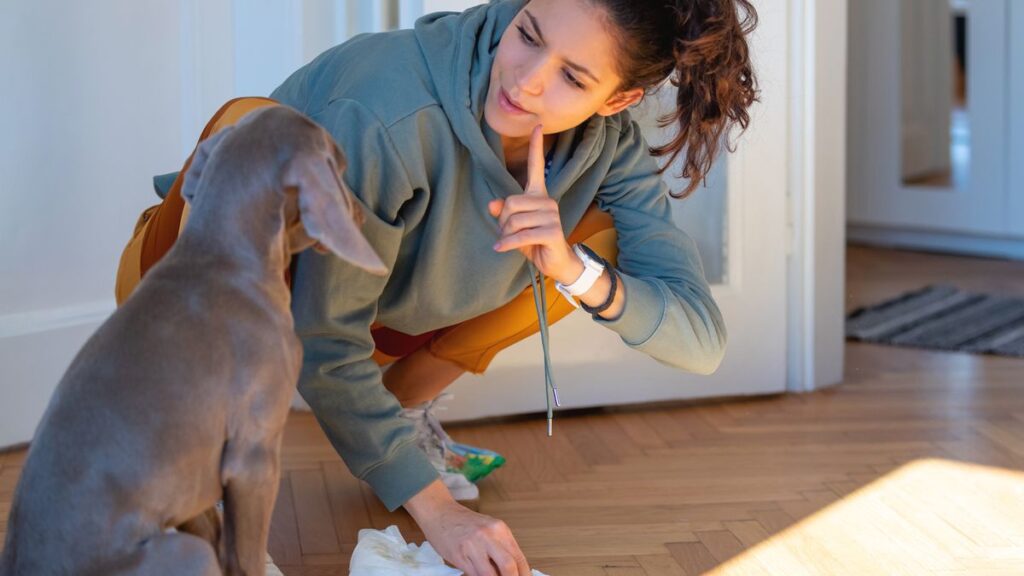
Reusable pee pads are a good training tool but we advise the use be limited to helping the puppy get outside before they go. The smell on the pad encourages them to reuse it. The leash is important to habituate so that the puppy learns to pee/poop on the leash to enable monitoring of frequency etc for health reasons.
- Start moving the pee pads by a few feet towards the door every time.
- Introduce a verbal cue, especially for pooping, once you consistently get the puppy going at the spot.
- Continue to reward until you reach the outside eventually.
- Newspaper in a few layers works well because you can throw away the top layer with potty on it and still use the rest to move outside.
Once they’ve learned that going to the toilet outside is a good thing to do, most dogs will start to signal that they need to go. This could be just coming to you and staring, whining, barking or even going to the door. If they do, react with pleasant and happy tone as encouragement, make sure to take them out quickly, and reward them when they’re done. Are you seeing a pattern here?
What to do for little failures
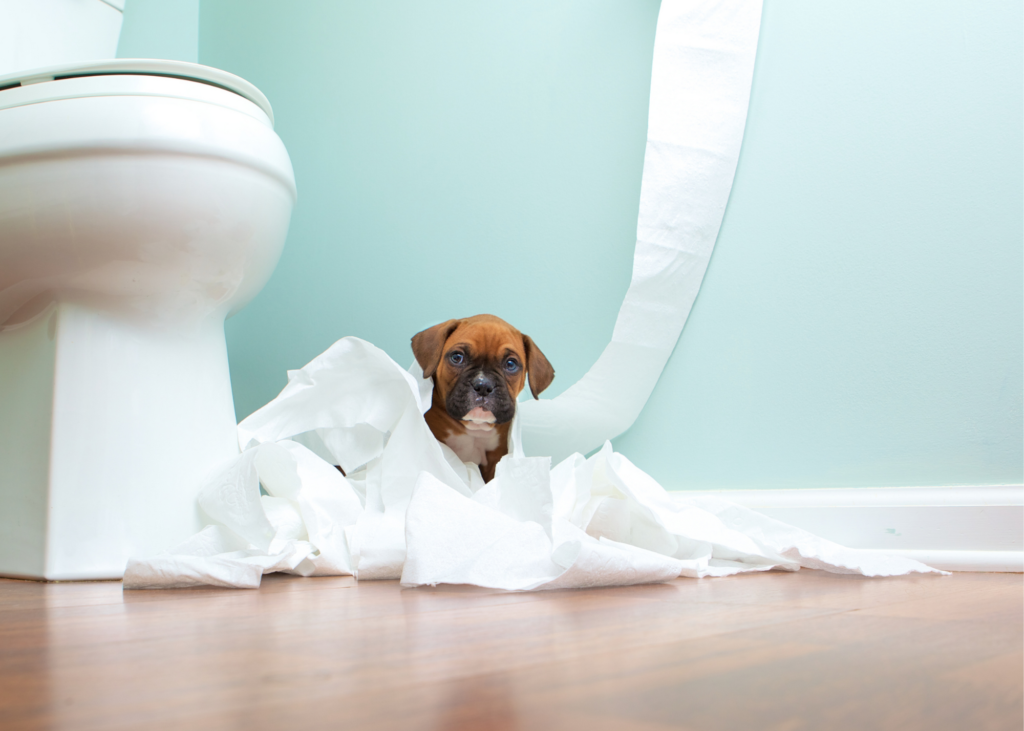
- If you see signals that the puppy about to go in the wrong place, gently interrupt by calling their name, guide to the correct place and praise when done.
- NEVER shout or show negative reactions. This might make the dog think it is only safe to go when you are not watching.
- Accidents happen. Never yell or punish your dog during or after these mistakes. It is VERY counterproductive and could make the puppy simply learn to hide to do it.
- Use a good cleaning product to remove the smell from the accident spot. Not something too strong smelling.
The Schedule
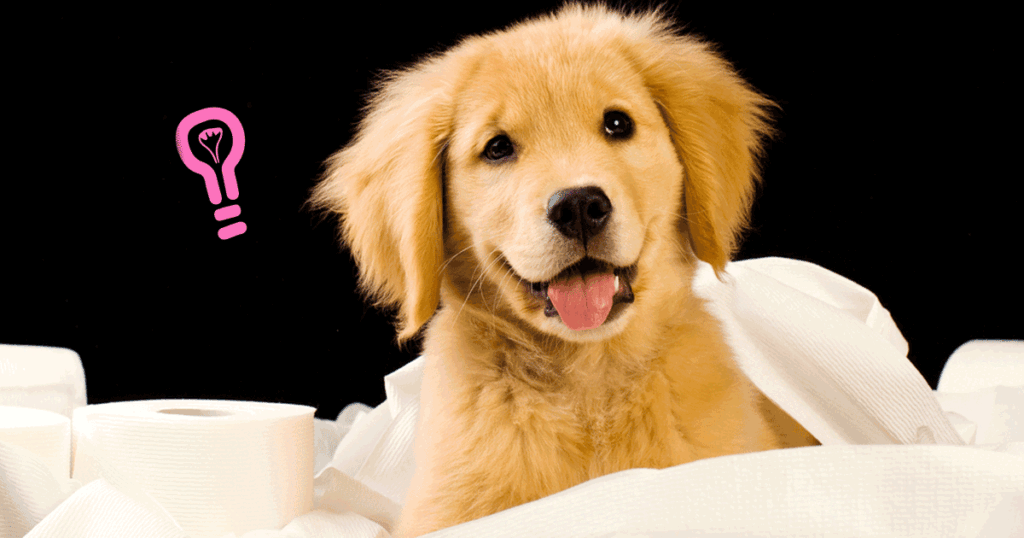
An important goal of house training is to create a schedule for the dog to go outside to eliminate. It is important to feed the puppy at the same time each day and not vary from the schedule. Do the same for walks and outdoor time. Consistency in commands, schedules etc is key as always.
Once you achieve reasonable success in going outside ensure you spend some time in walking or play AFTER they poop so they don’t associate it with the end of outdoor time.
These methods work for puppies and adult dogs that may be inadequately toilet trained. It just takes longer and fair bit more patience. It is a bit of work but when you get it right (and it is easy to get it right by following these norms) it will be well worth it.
Of course unusual or abnormal behaviours do occur such as excited peeing when meeting new people but these should disappear with time. Uncontrolled and unexpected/sudden pee or poop to incontinence levels can also mean you need to take the dog to a vet.
With a calm and patient approach, you’ll see progress quicker than you can say “good dog.”
About the author: The author of this article is ‘The Good Paws’. We’re here to make the bad good, and the good, even better! from dirty toe beans to yummy treats, whatever the problem, or whatever the need, it’s all good! Every member is valued in our community.
Join our elite pet care circle on WhatsApp and become an exclusive member by clicking here https://bit.ly/44lcg2p!




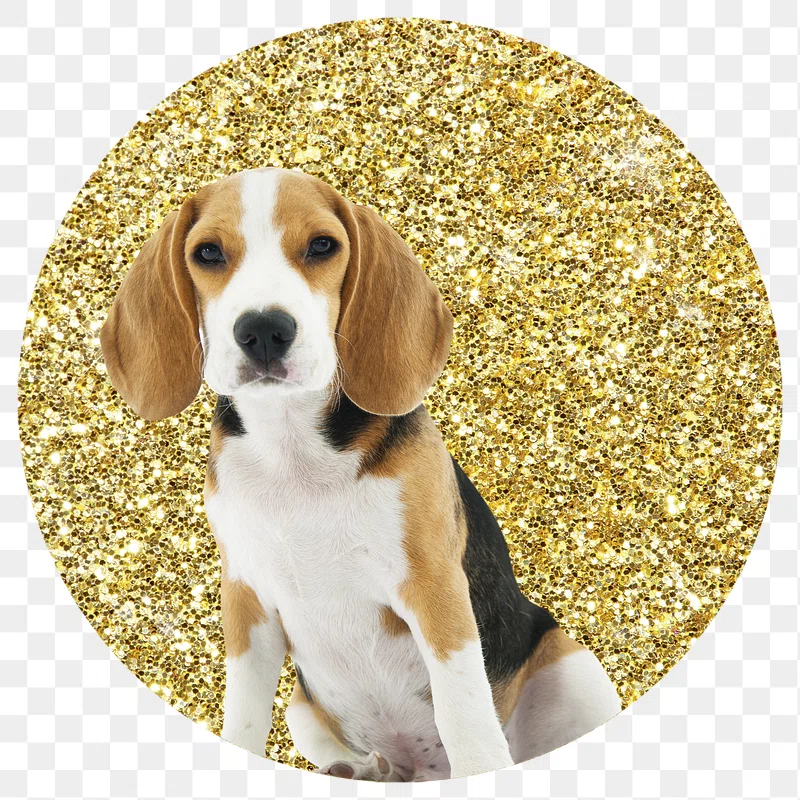
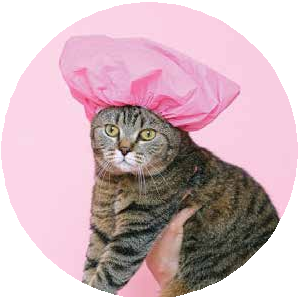



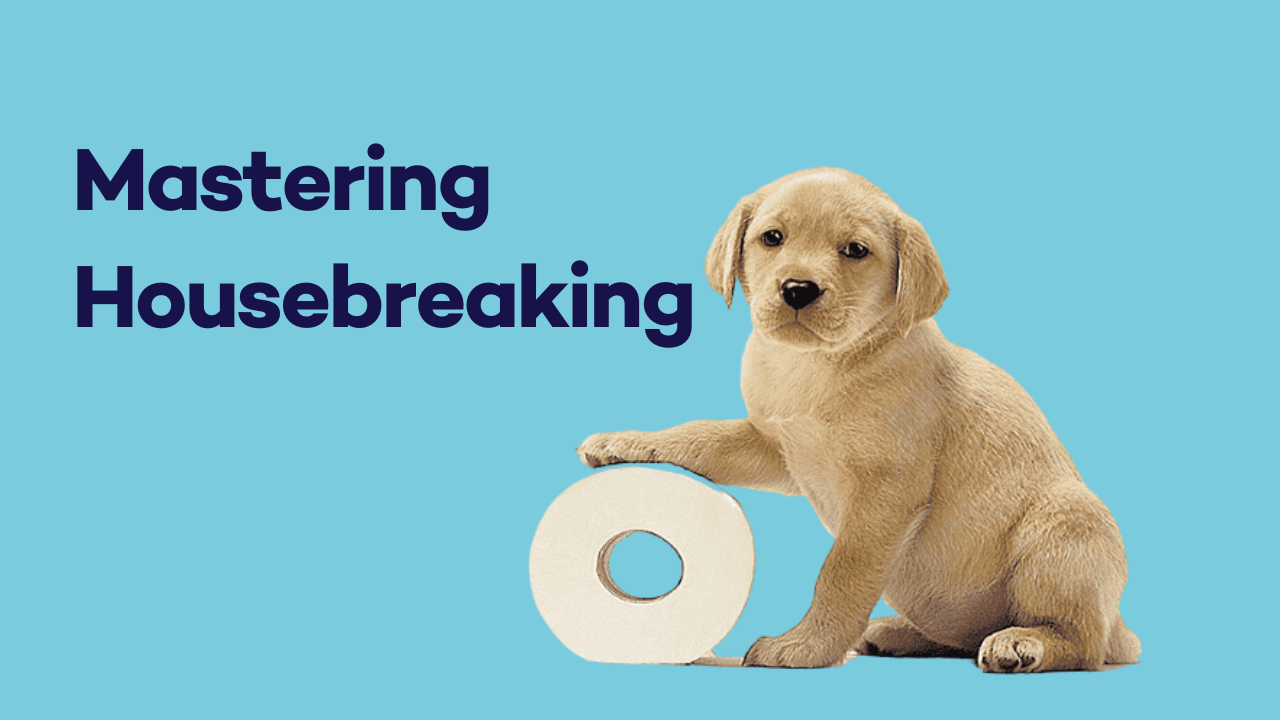
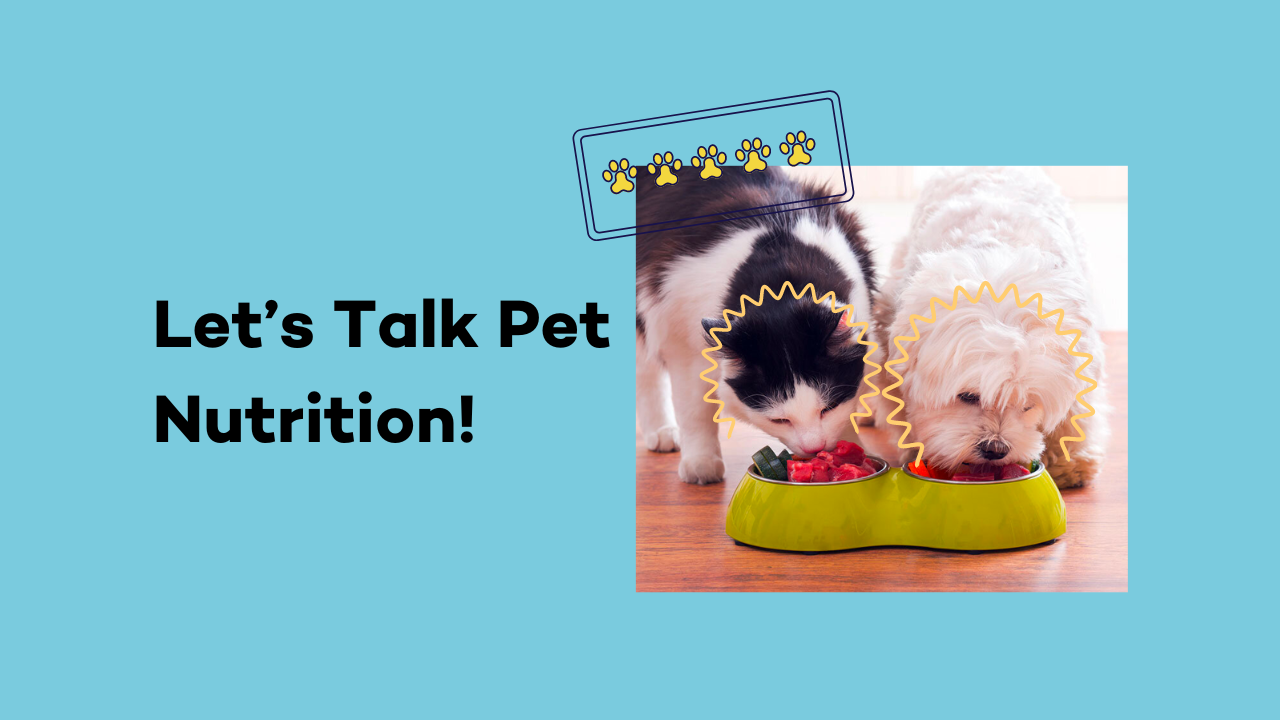
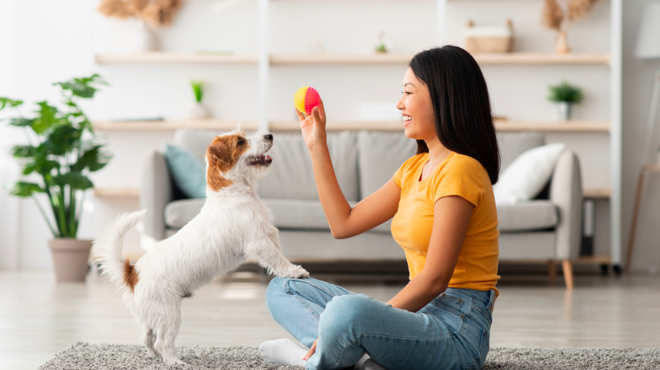

Good blog. my pup is just about 5 months, i have tried potty training him, but it takes a bit of patience. I guess, I lost it some where in between. Will restart with the ideas from this blog.
Good blog, thanks Dogfather. Am sharing it some of my relatives / friends.